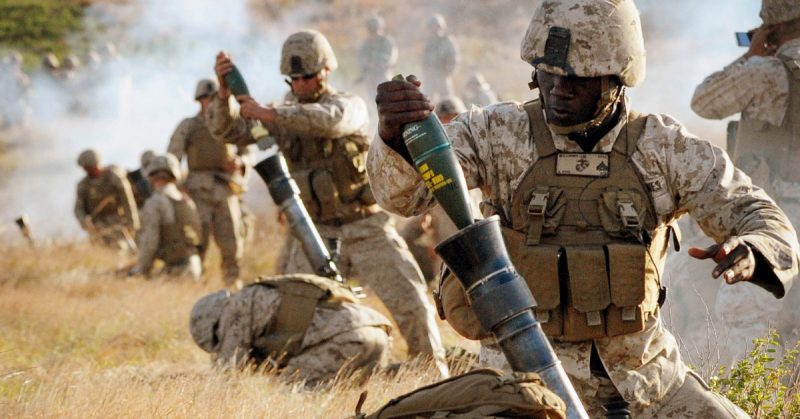The US Army is looking into improvements in their existing 120mm mortar abilities. They have posted a request online for the industry to develop new capabilities in this weapon.
There are three areas in which the Army hopes to see advancements. The first is an extended range system that would likely replace the existing M120A1 by 2026. The new system is allowed to be 100 pounds (about 45 kilograms) heavier and is required to have a range that is 2,000 meters longer than the current system. That would give the improved system a maximum range of 9 kilometers.
Secondly, the Army is also seeking a Future Indirect Fire Turret. It hopes to have the new weapon in use by 2021. This weapon would be designed to protect troops from the enemy’s counter-battery systems and also from the noise and blast overpressures.
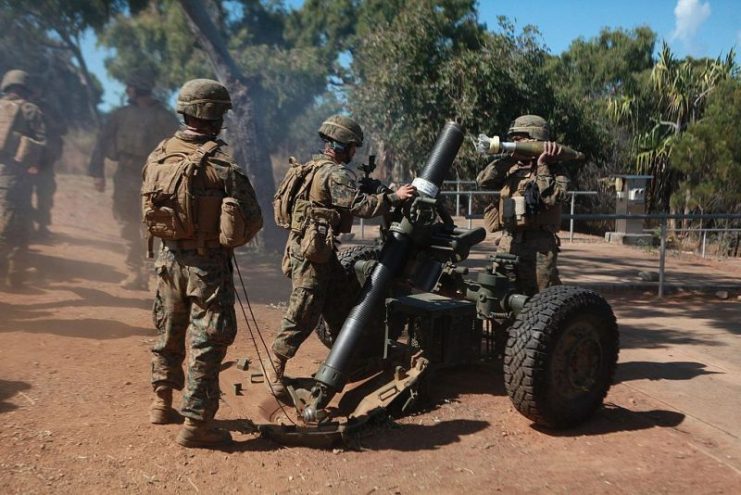
The turret will be expected to have a longer range than the current Battalion Mortar System and the Recoil Mortar System, hopefully reaching up to 20 kilometers (over 12 miles). It must also be capable of mass firing from one platform, hitting targets using both direct fire and modern weaponry like the Lethal Miniature Aerial Missile System or Single Multi-missile Attack Munition.
https://youtu.be/TFruJd5USy4
The turret will need to be automated and capable of being mounted on a Stryker, an Armored Multi-Purpose Vehicle, or a Next Generation Combat Vehicle. One goal of the system will be for it to automatically identify enemy targets and, within 90 seconds of finding that target, be able to fire and move.
Another goal is for the system to fire 12 rounds a minute with a minimum of 6 rounds per minute. Eventually, the Army would like for it to fire up to 24 rounds per minute for two minutes and 12 rounds per minute after that for an indefinite amount of time.
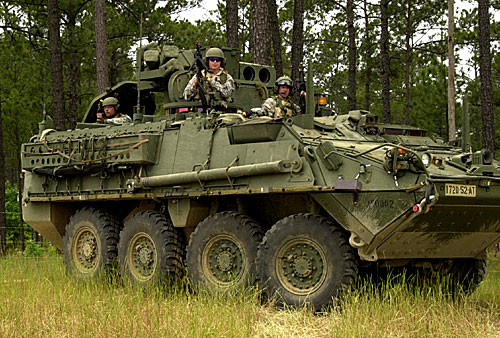
The third system to be improved is an automated remote system which would be used for both 81mm and 120mm mortars. The system must be able to fire 81mm shells 15 kilometers and be able to autoload 20 rounds before a human is required to reload. For either caliber, the system must be able to fire 20 rounds per minute. The Army’s goal is eventually to have the system capable of firing 30 rounds per minute.
The US Army currently has three 120mm mortar systems. The M121 and the 120mm Recoiling Mortar System are both mounted systems and the M120A1 is a dismounted system. All use the Mortar Fire Control System which allows for quicker employment of the weapon and improved accuracy and control.
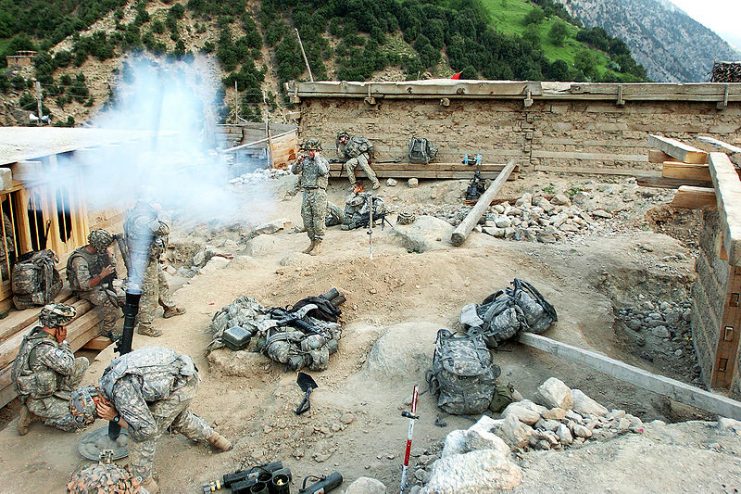
Additionally, the Army uses lighter mortar systems known as the Lightweight M252A1 81mm Mortar System and the Lightweight M224A1 60mm Mortar System. These weigh up to 20 percent less than their associated 120mm systems but have the same capabilities.
Mortars have been in use since the Ottomans used them in the siege of Constantinople in 1453. They were designed as “indirect fire” weapons which could hurl a projectile over a wall or natural coverage that was protecting an enemy position. The nature of trench warfare in World War I increased the prevalence of mortar systems. World War II continued the use of the older style mortars while introducing some new variations. The mortar has remained an essential part of modern militaries ever since.
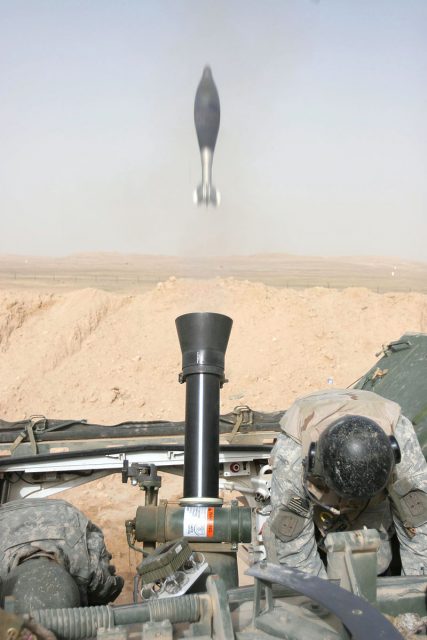
Read another story from us: Soviet “Atomic Annie” – The 2B1 “Oka” Nuclear Mortar
Modern mortars measuring 81mm and less can be carried by infantry troops. They are useful as short-range, small-scale substitutions for artillery. They are highly portable, need no logistical support, and can be fired from within trenches or defilades. They are effective against enemy positions that have no overhead cover, even if those enemies located in trenches or gun pits.
